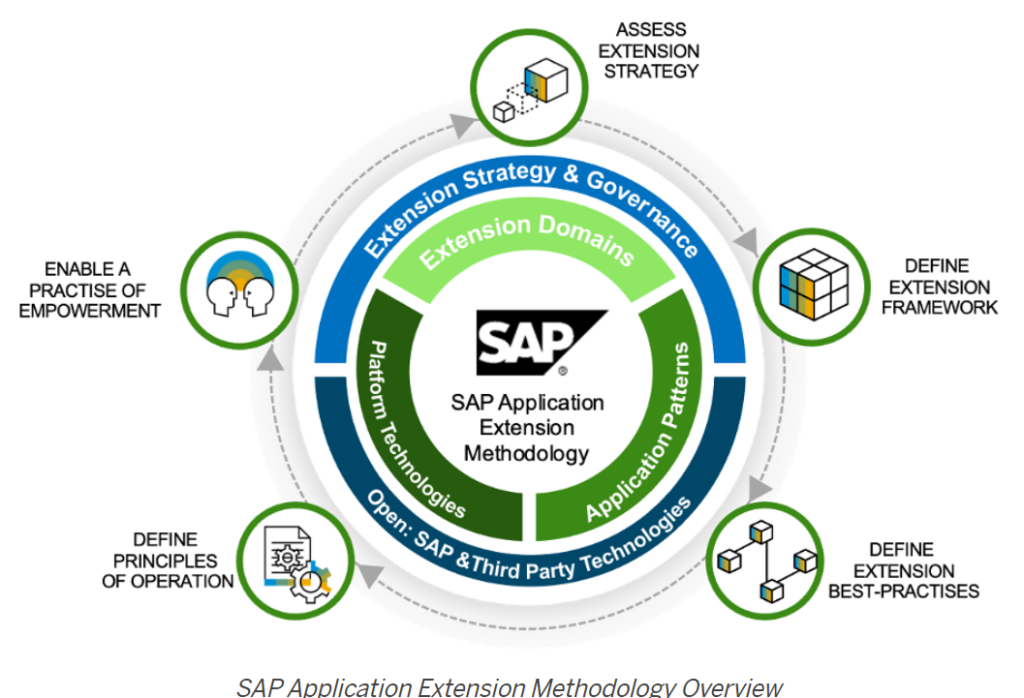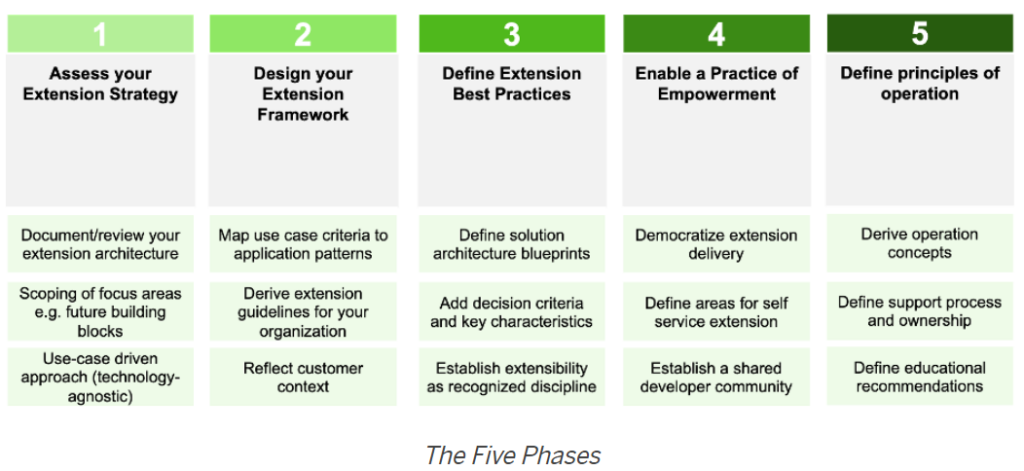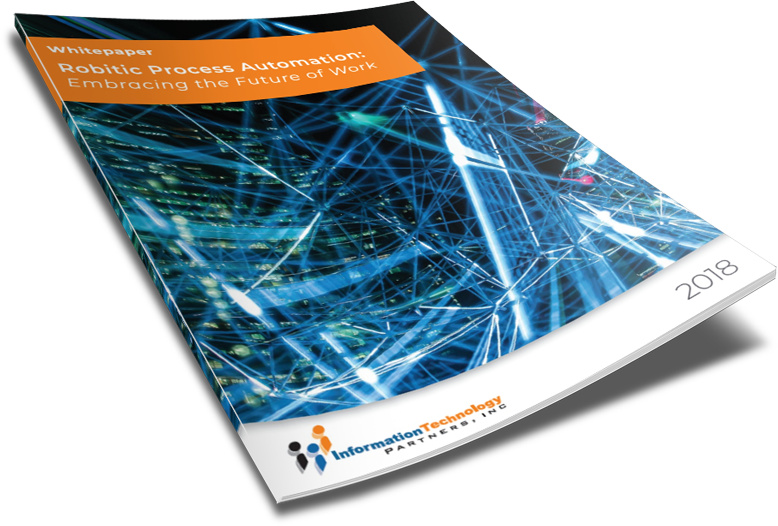TAKE NOTE (Insights and Emerging Technology)

The U.S. Army has provided Google Workspace, the search-and-software giant’s collaboration suite, to more than 180,000 personnel in the wake of email licensing shortfalls and other information-technology dilemmas.
he US Army has confirmed that the platform is live for soldiers who don’t require the full collaboration capabilities of Army365.
Raj Iyer, Chief Information Officer, United States Army, said: “I am pleased to announce that Army Google Workspace is now operational and live.
“Under the direction of Enterprise Cloud Management Agency, we have implemented the first Impact Level 4 Google Workspace in the Federal Government to process Controlled Unclassified Information.
“The process began earlier this year to identify an alternate email solution for a select group of Army users that don’t require the full enterprise collaboration capabilities of Army365 and to ensure that no Army user will be left without an email solution when Defense Enterprise Email is sunset by DISA.
“All new entrants to the Army will be provisioned automatically with a Google Workspace account with a new email address that is @usa.army.mil when they receive their CAC card.
“Users in Army 365 and Google Workspace will be able to find each other in the global directory and invite each other for Teams or Google Meets.”
The US Army states that soldiers will retain their Google account until they fully transition to their first unit after completing basic and advanced individual training (AIT).
It is at this point that their unit commanders will determine whether they will continue with a Google account or switch to Army365.
Army365 leverages Microsoft 365 capabilities which include video and voice conferencing, email, instant messaging, and access to shared drives.
Darryl Peek, Head of Federal Strategic Partnerships at Google, commented: “I’m excited about the Google Cloud partnership with the US Army.
“Thank you, Hon. John Sherman, Raj Iyer, and other DoD leaders for trusting our team to support service men and women.
“Both of my grandfathers served in the Army, and I am proud Google is a part of your incredible mission.”
Interested in learning more about RPA? Download our FREE White Paper on “Embracing the Future of Work”
UNDER DEVELOPMENT (Insights for Developers)
SAP Extension Suite – An Overview

Intro
You may have heard of the SAP Extension Suite, which is powered entirely by SAP’s Business Technology Platform (SAP BTP). But what is it all about? How can you as a developer or business benefit from the SAP Extension Suite? And more importantly, HOW and WHERE should you start? Well, this depends on the capabilities of your team and your overall SAP-system landscape. Let’s start with an overview and try and answer some questions. What are extensions in SAP? What is SAP Extension Suite?
History of Extensions in SAP
You likely use the SAP S/4HANA platform to manage your business processes. Until some years back, the trend was having an S/4HANA system running on-premise or with a specific cloud vendor. With the rising popularity of cloud-based systems, more and more businesses now use SAP S/4HANA Cloud.
In the past, developers created large ABAP extensions on their systems or onto clients’ on-premise systems to extend the functionality of S/4HANA. It is impossible to develop the same extensions on a S/4HANA Cloud system since this is somewhat of a shared system. Client extensions within a shared S/4HANA system, known as in-app extensions, will only meet individual needs to some extent. You can choose between in-app and side-by-side extensibility if you need an extensive extension of your SAP S/4HANA Cloud system. Here is some information on the three extensibility alternatives for apps on SAP S/4HANA.
Classic Extensibility
It entails the use of standard extension and customization SAP technologies like Customer Exits, the Enhancement Framework, and CDS View extensions. Since ABAP is the most frequently used technology, classic extensibility is sometimes called ABAP custom development. Classic extensibility is tightly tied with SAP-delivered codes with customizations on the application servers. The approach is highly flexible, allows you to use classic development techniques and tools, and has rich functions and features.
However, there is a missing clear interface between extensions and the SAP code, which might lead to issues when extending. Upgrades in classic extensibility require regression testing, adaption efforts, and high planning. Automated software updates in S/4HANA Cloud run parallel for all clients, so the classic extensibility is unavailable. Though available for On-Premise and Private Cloud editions of S/4HANA, it is only recommended once other options have been exhausted.
In-app extensibility
This provides a framework on which you can build SAP Fiori-based customization within the S/4HANA system. It used the Custom Logic app and Custom Field app to provide no-code or low-code tools. As such, even non-developers can add fields and simple ABAP. The ABAP code in this option is decoupled from your standard SAP code stack, so it will not affect your upgrade process.
In-app extensibility is best for extensions for S/4HANA users who want to focus on S/4HANA processes and data only. Its main advantage is that you do not need advanced technical skills or external tools to alter existing objects. You can handle a large number of tasks using the tools on S/4HANA Cloud. These tools are entirely web-based.
Side-By-Side Extensibility
With side-to-side extensibility, you can develop custom applications, consume existing apps and develop dependent extensions. The main goal of this extensibility option is to create extensions that are loosely coupled but integrate seamlessly. This means you will get extensions that are independent of lifecycle management and cloud operation of S/4HANA Cloud.
With side-by-side extensibility, you can develop processes quickly when you subscribe to the necessary services, which are instantly available on the cloud. Therefore, you do not rely on an infrastructure team for tools. Moreover, the total cost of ownership of this extensibility alternative is low because there is no manual system upgrade during your services’ lifecycle. Everything is automatically handled by SAP.
The related object types of side-by-side extensibility are IDocs, APIs, SOAP, OData, BAPIs, events, and APIs. Side-by-side extensibility is used for multitenant or custom applications, non-ABAP and ABAP development, apps for diverse target groups, and SaaS solutions created by partners. The accepted choice when building an extension for SAP cloud solutions is the Business Technology Platform (BTP) through its Extension Suite.
What is a Business Technology Platform
You can use the cooking analogy to understand BTP (Business Technology Platform) from SAP. When you want to prepare a good dish, you need a recipe then you will visit a food store to pick all the ingredients you need. With these steps, you are now ready to start cooking your meal. BTP, like cooking, is not a single system. This is an umbrella for many things, just like a food market. On the platform, you choose from the many services hosted in the cloud, similar to cooking ingredients. Once you pick the right ingredients for your solution, the meal, you can proceed to create an engaging digital experience while building or extending applications quickly…
– Dig Deeper –
SAP Extension Suite
Q&A (Post your questions and get the answers you need)

Q. We are using SAP Extension Suite in my company. We have many development teams, each team tends to use the technology which fits best to the available skillset in the team. Some will use CAP, others RAP. Some like Fiori, other native UI5. This will introduce a lot of arbitrary solution architectures and technology “chaos”. How can we determine the right approach & tool set to use
A. Drum roll please… Introducing SAP Application Extension Methodology.
With the SAP Application Extension Methodology, you can optimize this situation and standardize the answers to questions like:
- Which technology I need for a given business requirement?
- Which is a proven solution architecture for my given business requirement?
- Which skillset is needed for the proposed solution architecture?
By using a standardized methodology, you can provide reproducible answers and benefit from SAP’s experience in hundreds of successful customer extension projects and apply the results to your success. So, the methodology helps you to derive a solution architecture from business requirements, but how does it work?
The SAP Application Extension Methodology allows you to create a customer specific, organizational framework to guide solution architects for defining the right technology choices for an extension.

Before using the Extension Framework, you first need to refine it and finalize the Directory of core solutions and Corporate extension guidelines. This is what the Methodology is about, and it already delivers a lot of content, so this exercise can be done quickly.
Many customers already have such a guideline. In this case, it’s still good to have a check the SAP Application Extension Methodology to see whether new ideas can be incorporated into the existing set of rules.
In general, the adoption of the SAP Application Extension Methodology can be divided into five phases:

Once an Extension famework is defined, the methodology provides an approach to use deliverables for evaluation of specific extension use cases with the goal to take an informed decision towards a suitable Application Pattern that shall be implemented by the extension use case.
The activities of the methodology are structured in chapters which support a pick-&-choose approach adhering different customer situations.
If you’d like to learn more and access the SAP Application Extension Methodology, please send an email to [email protected], and join the active community of customers for this methodology. Engage in discussions with other customers, exchange ideas, and share your experiences. We welcome your feedback and would be delighted to spotlight your success with the new SAP Application Extension Methodology.
Cheers!



